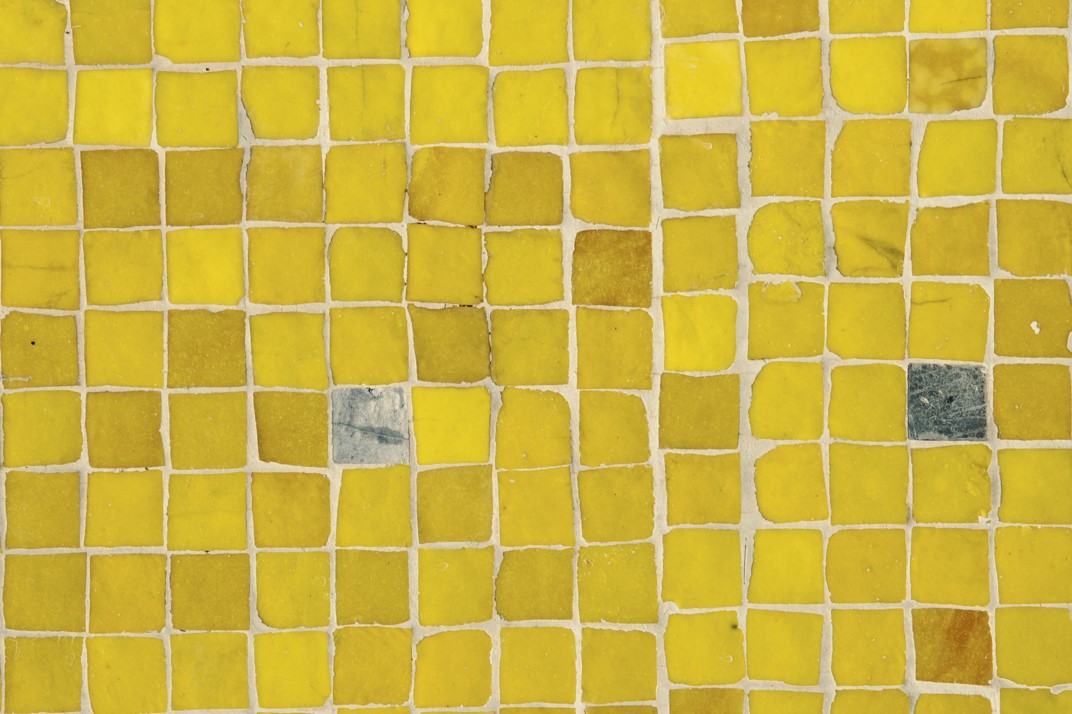In the same way as Google maps has radically changed the way how road navigation works, researchers in Equinor have developed a methodology to enable the analysis of seismic data in a much more effective way.
Branded as “Tiles”, the technique is based on the use of small surfaces – tiles. Similar to how all roads in Google maps are represented by road segments with attributes such as speed limits, traffic situation and more, all seismic reflectors in a dataset are represented by tiles with attributes such as amplitude, AVO character and more.
Attend DigEx 2022, 5-7 April in Stavanger, and hear all about this exciting project from Øyvind Skjæveland – Equinor.
The main value of tiles is to provide a data structure where all relevant information about all reflectors from all relevant seismic cubes is readily available for analytics. The subsequent business value comes from applying analytics to extract information of practical value, such as identifying potential infill targets, exploration targets or anything else that is found from analysis of seismic reflectors.
This methodology has the potential to be much more efficient than more conventional seismic interpretation, where detailed analysis of seismic data is carried out using horizons and attributes extracted around these horizons. This means that horizons need to be interpreted, which is a time-consuming task normally involving substantial human effort.
Due to the effort required, typically only a small fraction of the seismic reflectors is interpreted, and the interpretation is normally done only on one cube, or a small number of the available cubes. Even if multiple cubes are usually available, for example in the form of different offset stacks (near, mid, far) and different vintages in the case of 4D.
Using the Tiles approach, tasks such as “find the reflectors that show depth-consistent amplitude shutoff on the fluid cube but not on the lithology cube” or “find reflectors where there is an amplitude change from survey 1996 to 2019, where the time shift is negative and the AVO response changes in a certain way” are easy to implement and can be answered directly from raw data and completely autonomous – in stark contrast to the traditional approach.

Below is an example from the Gullfaks field, where Tiles is being used to help identify candidates for infill drilling. From rock physics modelling and observations from production it is known what kind of seismic response (e.g. in terms of amplitude and timeshift changes from vintage to vintage) are expected for different production scenarios.
With Tiles, all attributes including amplitudes for all seismic vintages and all timeshifts between all pairs of vintages, for all reflectors in the whole datasets are available in a tabular datastructure.
From this, it proves easy to e.g. identify all locations consistent with a scenario where oil is produced and replaced with injection water only in the upper, best sands, leaving undrained oil below. This approach of interrogating this high-dimensional dataset is much quicker and at the same time much more thorough than the traditional manual way – much in the same way as Google maps is usually quicker and more thorough when it finds the routes from A to B than the archaic, manual way.
HENK KOMBRINK





